Propagating a Spider Plant?
illinois
18 years ago
Related Stories
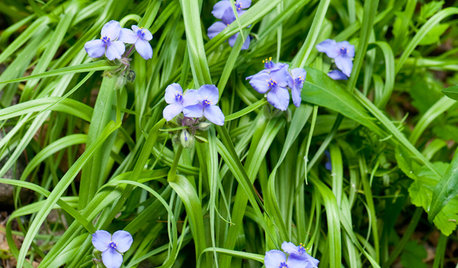
GARDENING GUIDESGreat Design Plant: Tradescantia Ohiensis Adds Shades of Blue
This reliable, adaptable U.S. native provides spider-like foliage and clusters of blue to purple flowers in Eastern gardens each spring
Full Story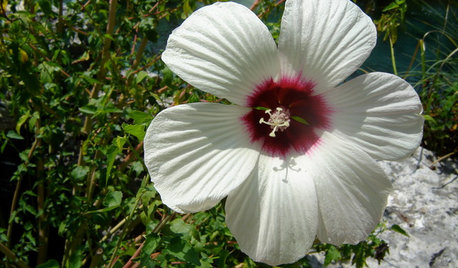
GARDENING GUIDESGreat Design Plant: Hibiscus Moscheutos
Crimsoneyed rosemallow is an ideal flowering perennial for wet sites and is ready to propagate now
Full Story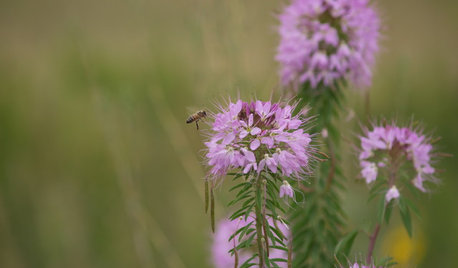
GARDENING GUIDESGreat Design Plant: Cleome Serrulata
Beckon bees and other pollinators in for a drink of nectar from this western U.S. native’s late-summer flowers
Full Story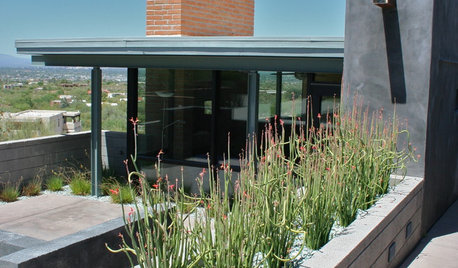
GARDENING GUIDESGreat Design Plant: Slipper Plant
Unthirsty succulent looks great all year and offers an unexpected surprise in fall
Full Story
GARDENING GUIDESWe Bust 4 More Native Plant Myths
Have you been taken in by these fallacies about gardening with native plants?
Full Story
HOUSEPLANTS8 Essentials for Healthy Indoor Plants
Houseplants add so much to our homes — and can thrive when grown in the right conditions. Keep these tips in mind
Full Story
GARDENING GUIDES6 Plants That Beat Butterfly Bush for the Wildlife Draw
It's invasive, a nonnative and a poor insect magnet. Check out these better alternatives to butterfly bush in the garden
Full Story
LANDSCAPE DESIGNGreat Design Plant: Retreat to the Shade of Hardy Catalpa
Big foliage and a towering height provide a shady respite in summer, but that's not all hardy catalpa offers dedicated gardeners
Full Story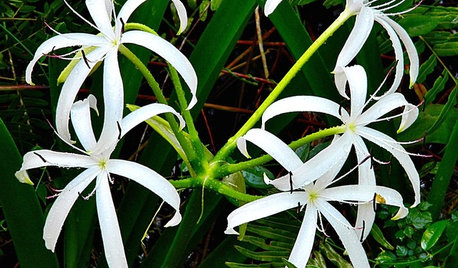
GARDENING GUIDESGreat Design Plant: Crinum Americanum
Bright white flowers with thin delicate petals grace this water-loving southern lily
Full Story
CONTAINER GARDENS8 Easy Container Plants to Grow From Seed
Get beautiful blooms and herbs in summer by starting these choice garden picks from seed in spring
Full StorySponsored
Columbus Area's Luxury Design Build Firm | 17x Best of Houzz Winner!
More Discussions






tapla (mid-Michigan, USDA z5b-6a)
lindac
Related Professionals
Lyons Landscape Architects & Landscape Designers · Bridgeport Landscape Contractors · Brockton Landscape Contractors · Columbine Landscape Contractors · Dallas Landscape Contractors · Mount Kisco Landscape Contractors · Nanuet Landscape Contractors · Pompton Lakes Landscape Contractors · University City Landscape Contractors · Vancouver Landscape Contractors · Atlantic Beach Window Contractors · Central Islip Window Contractors · Morton Grove Window Contractors · Yeadon Window Contractors · Roselle Park Window Contractorslindac
Peter60
tapla (mid-Michigan, USDA z5b-6a)
Chris_MI
coxfrederick_yahoo_com
tapla (mid-Michigan, USDA z5b-6a)
bink1919_yahoo_com
woody64